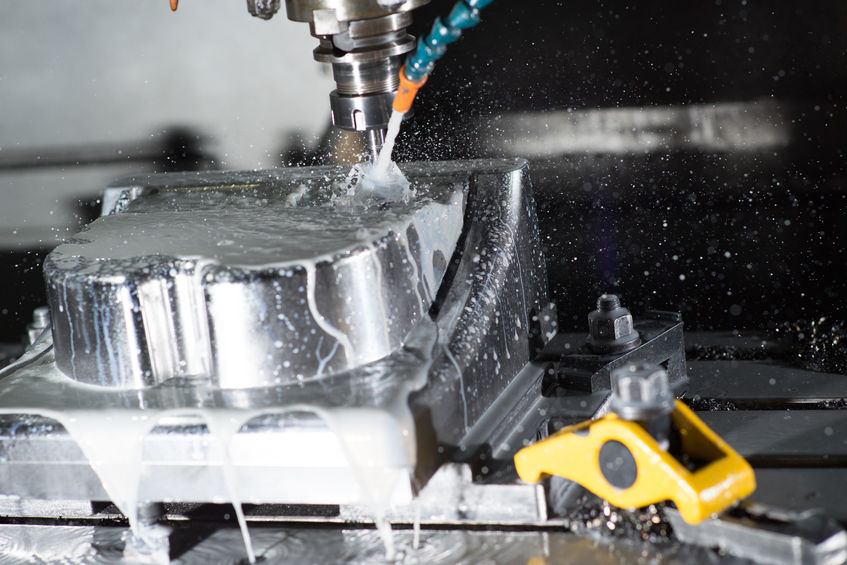
by Sean Genung
This post is about the three years I worked at a machine shop here in Colorado Springs. I ran CNC lathes, 5-axis CNC machining centers, Bridgeport mills, high speed tumblers, and a pallet changing machine center (we called that last one the “Crypt”).
It was a fun job, especially once you move toward the higher levels. I met people from all walks of life, from seasoned machinists, to people fresh out of high school who struggled putting tape on parts. (I am not exaggerating that last part! What do they teach in school these days?)
There is something that’s very satisfying about successfully learning how to set up a job on a machine. When I was being trained, I remember looking at the first part I made after successfully setting up the offsets and the stops, and running the program without error. I was beaming with pride as the part was within tolerance and had a good finish. I received quite the accolade from my boss – “Congratulations, you’re not a complete moron”. That was in jest, of course.
I enjoyed learning the programming codes. Like pieces of a puzzle, once you start memorizing the codes, the program and toolpaths start to make sense. Then you can start changing the codes on your own and become less independent, which always feels good. Learning the basics of programming was a nice break from the higher output jobs.
The job demands constant attention to detail. Improperly loading or securing a part can lead to it being thrown out of the vise. I might have done that once or twice…or six times. That leads to a loud bang and sometimes a broken tool, and always broken pride.
Paying attention to every part I made was important, as they not only had to be within tolerance, but also must have a good finish, and be scratch free. You learn to look out for these things, or else face the wrath of Quality Assurance!
Detailed communication is vital. I’ve seen instances where people were being trained and a dimension wasn’t properly explained. 5 hours later, they are hit with the realization that a hundred parts are bad.
There are a lot of sharp objects and moving parts in a machine shop, so safety was always a priority, but there were times when injuries occurred. It rarely happened, and was caused mainly by people not paying attention. Once you heard the stories, you learned what not to do rather quickly, like putting your fingers in a tool changer when it is swapping out tools. I’ll leave that one to your imagination.
Working at a machine shop provided an inside view into the manufacturing world. I learned what it takes to manufacture high quality parts. I learned the integral difference between a complete, well designed print, and an unfinished one.
My time in the machine shop was excellent preparation for working with our customers as Global Trade as it gave me the basics of manufacturing, which is a must here.
Photo Credit: Kriengsak Sut
